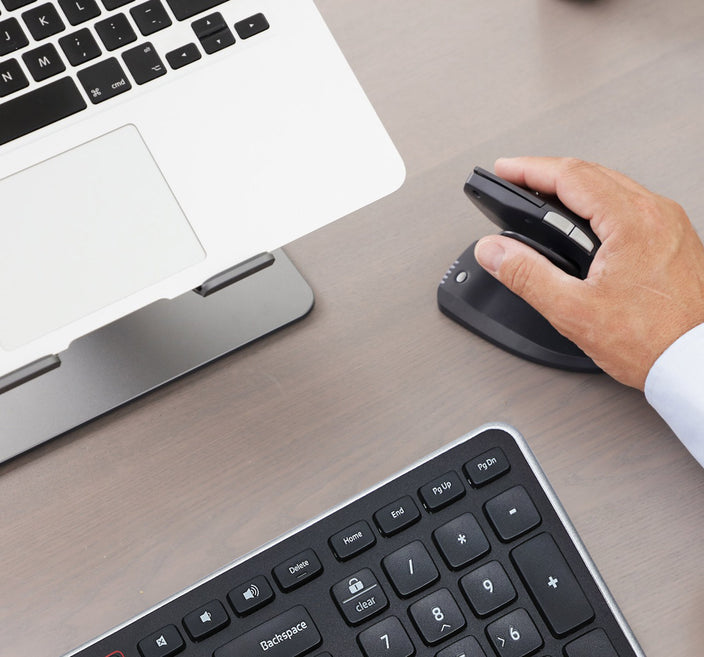You might think that tennis elbows are exclusively for the Serena Williams and Roger Federer's of the world. However, you do not have to be a tennis, squash, badminton, or even racquetball pro or enthusiast to feel elbow pain that can make doing everyday activities seem impossible.
All you need is a job that requires constant, repetitive motions that will overuse the forearm tendons. Unfortunately, this applies to pretty much everyone working in an office.
What is Tennis Elbow
Medically known as lateral epicondylitis, the tennis elbow is classified as a Repetitive Strain Injury (RSI). As the name suggests, RSIs are caused by repetitive motions and are primarily found in workplaces where employees perform consistent movements for the better part of the day.
The cause of the tennis elbow is repeated contractions of the forearm muscles that you use to straighten and raise your hand and wrist. The repeated motions may result in tiny tears in the tendons that attach the forearm muscles to the bony prominence at the outside of your elbow.
You might also like: RSI: Carpal Tunnel & Wrist Pain
We know that is quite a technical description. For those of you in the office right now, take a second and look over at your mouse. Is it over to the right or left of your keyboard? We'd venture to guess it is. Now take your hand, grab your mouse, move it around a bit, then bring it back to your keyboard. Easy right? Well, unfortunately, those are the repetitive motions that can cause you to develop a tennis elbow.
Luckily, tennis elbow symptoms develop slowly over weeks or months, and if caught early, they are easy to manage and fix.
What are the Symptoms?
The symptoms of tennis elbow are easily identifiable and easily solvable if addressed.
- Pain or burning on the outer part of your elbow.
- Weak grip strength.
- Pain that creeps from the elbow to the forearm
- Inability to perform activities like turning a doorknob, holding a coffee cup, etc.
- Sometimes, elbow pain overnight.
All these sound like a pretty bad time, especially if it gets to the point where performing everyday tasks become almost impossible. Let's look at the common causes of tennis elbow to make sure you know how to avoid it.
What causes tennis elbow?
There are a few activities that seem to cause tennis elbow at a higher rate. Some are work-related, some are recreational. What they have in common is that the forearm is consistently overworked.
- Cooking and using knives to prep food
- Painting
- Tennis and other racquet-based sports (Duh!)
- Repeatedly using hand tools (scissors, screwdrivers, etc.)
- Intensive computer mouse use for extended periods
What to do if you feel symptoms
- Rest: Make sure to reduce the number of tasks or activities causing the issue in the first place. This is much easier to accomplish in recreational activities. At work, it can be unavoidable.
- Medication: Acetaminophen or anti-inflammatory drugs (such as ibuprofen) may be taken to help reduce pain and swelling.
- Physical therapy: Specific exercises help strengthen the muscles of the forearm. Your therapist may also perform ultrasound, ice massage, or muscle-stimulating techniques to improve muscle healing.
- Equipment: For people experiencing tennis elbow in the office, something as simple as changing the mouse used can be the difference between feeling like you have been playing at Wimbledon since the '90s and being comfortable at your workstation.
Contour RollerMouse
Designed to put you in a "neutral" posture, each RollerMouse model sits in front of the keyboard and allows the elbows to stay in at the sides, with arms straight ahead. Contour RollerMouse removes the need to reach for a traditionally styled computer mouse, allowing you to avoid situations that can cause or exacerbate pain from the tennis elbow.



